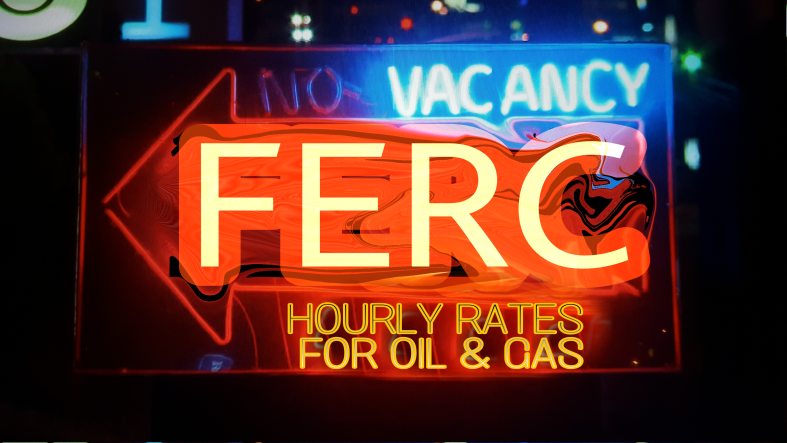The Unitarian Church in Springfield Il. has invested in itself and its environment. I must add frustration here, as an accumulator type journalist, because I had the article in my hands. It did a great job of describing what they have done. I could not find so I had to use two sources that do it justice, but not as good as the first article. I am sorry.
Page
8
Green Sanctuary News
Notes from the ALUUC Prairie
The Green Sanctuary Committee burned the ALUUC prairie the
first Sunday in February. What a blaze! Flames over 5 feet tall
—
for
maybe 10 minutes. These burns have to be conducted with care using
equipment and training that have been developed over years of experi-
ence with prairie burning.
So why burn? Before Europeans arrived in the U.S., native people
routinely burned the prairies to stimulate growth of new plants for game
and to make hunting easier. Lightning also set prairies ablaze. Over thou-
sands of years, prairie plants adapted to these fires
—
sending roots deep
into the earth to protect against both drought and fires. Fires can kill less
adapted plants such as cool season grasses and some shrubby plants that
can take over the prairie. So we burn for the same reason
—
to rid the area of last year’s growth, stimu-
late new growth and rid the prairie of undesirable plants such as cool season grasses.
A common concern is that burning releases carbon
into the air adding to global warming. True, burning
does release carbon into the air
—
but this carbon is
“new” carbon that has been circulating in the air in the
last few years
—
not “old” carbon sequestered millions of
years ago in the coal and oil we now burn. Because of
their deep roots, prairie plants sequester more carbon in
their roots than released in a burn, even in prairies
burned every year. So in balance, prairie plants are a
carbon sink. (Chris Helzer, Nature Conservancy’s Direc-
tor of Science in Nebraska).
-trip-part-3-questions-about-frequent-prairie-burning/
Springfield resident Bob Croteau has been involved in local solar projects since 1989 and played a major role in three of the local sites on the tour.
The Abraham Lincoln Unitarian Universalist Congregation held fundraisers and used members from the church who are contractors to purchase and install their solar array. It has been operational since early 2015, features a web-based remote monitoring system, and “faces southeast, toward the morning sun, so solar electricity is running the lights and sound during the morning services,” said Croteau, who spearheaded the effort.
The net metering program offered by CWLP means that “if we are producing power when we don’t need it, it allows the meter to spin backward,” he added.
Go there and read. More next week.

